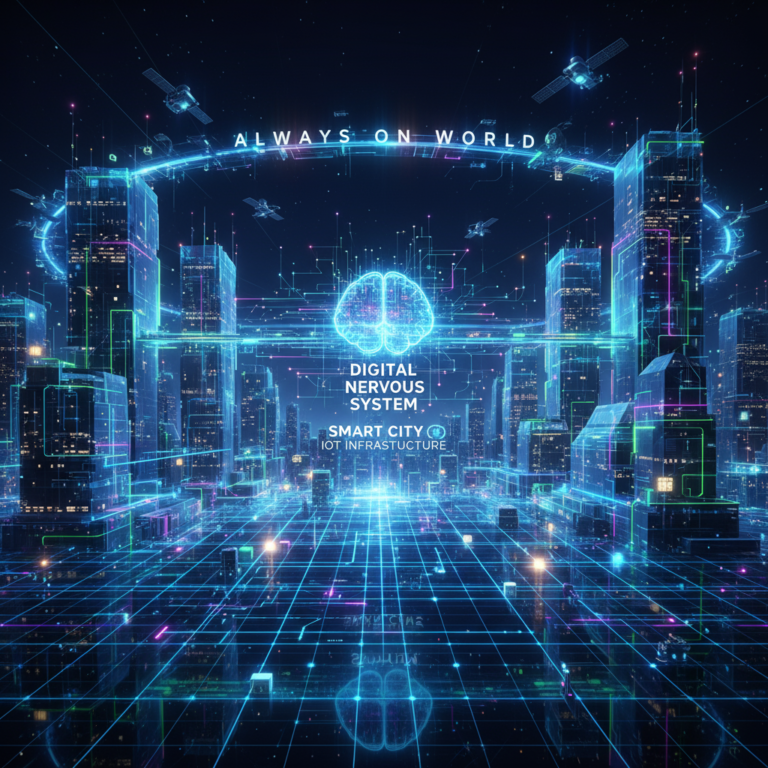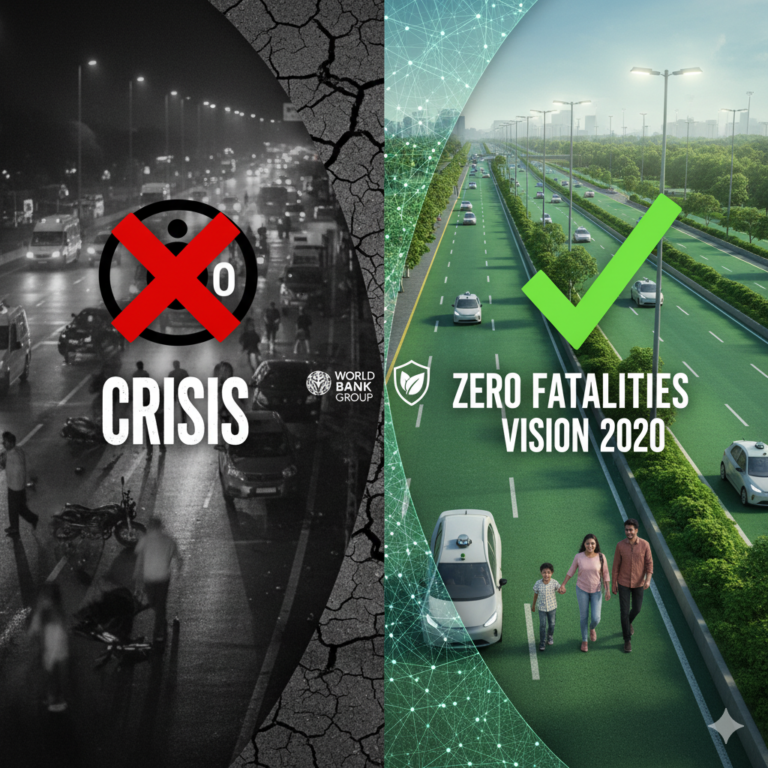What if you could see in total darkness—no goggles, no flashlights, just your own eyes? This once-unthinkable ability is inching closer to reality, thanks to next-generation contact lenses developed by scientists using nanotechnology. These smart lenses, built with rare-earth elements like ytterbium and erbium, utilize a process called upconversion to convert invisible infrared light into visible wavelengths — and even work with your eyes closed.
Let’s explore the breakthrough that’s making sci-fi vision systems a real-world possibility.
Understanding the Science: What is Upconversion Nanotechnology?
Infrared radiation is all around us — emitted by the heat of our bodies, the sun, animals, and objects. But the human eye can’t detect these wavelengths (700 nanometers and above).
Here’s where upconversion nanotechnology steps in.
- Upconversion is the process where low-energy infrared photons are absorbed and then converted into higher-energy visible light photons.
- The lens is infused with nanoparticles of ytterbium and erbium, which act like tiny antennas:
- Ytterbium absorbs the infrared.
- Erbium emits the visible light.
The result? You’re able to “see” heat or motion that would otherwise be invisible to the naked eye.
Design and Materials: What’s Inside These Lenses?
These contact lenses contain millions of upconversion nanoparticles that:
- Are biocompatible and safe for ocular tissue
- Function without an external power source
- Have a film only a few micrometres thick
- Are coated onto flexible lens materials similar to commercial contact lenses
The lenses are so sensitive that even infrared radiation penetrating your eyelid can be detected—making vision possible even with eyes closed under certain conditions.
Why This Is a Game-Changer
🔍 1. See in the Dark — Without Bulky Equipment

Military, rescue, and security professionals often rely on:
- Night vision goggles (heavy, expensive)
- Infrared scopes (visible from a distance)
Infrared contact lenses could offer a discreet, lightweight, and power-free alternative that can be worn just like a regular lens.
👁 2. Continuous Wear for All-Day Enhancement
Unlike existing night-vision tech, these lenses work around the clock, requiring no recharging or calibration.
👨⚕️ 3. Medical Applications
Doctors could:
- Monitor thermal changes on the skin or inside tissue
- Detect inflammation, infection, or tumors earlier
- Use the tech for guided surgery or non-invasive diagnostics
🚘 4. Driving and Navigation
Imagine night-driving or foggy-weather vision enhanced by simply wearing contact lenses. This could revolutionize:
- Emergency transport
- Autonomous vehicle systems
- Road safety in low-light regions
Real-World Use Cases: Who Can Benefit?
| Sector | Potential Use |
|---|---|
| Military & Defense | Covert night ops, surveillance without visible gear |
| Security | Private guards, border patrol, law enforcement |
| Healthcare | Early heat-based diagnostics, wearable biosensing |
| Disaster Relief | Navigating smoke-filled, low-visibility zones |
| Consumer Wearables | Smart eyewear for hikers, campers, and cyclists |
| Aviation & Space | Pilots or astronauts with real-time thermal overlays |
Challenges and Limitations
While revolutionary, the tech is still evolving.
🔋 No Augmented Display—Yet
Unlike smart glasses, these lenses don’t display data—they only modify what’s visible.
⚖️ Material Tradeoffs
Scaling up production while ensuring:
- Clarity
- Breathability
- Long-term eye health
is an ongoing materials science challenge.
📜 Regulatory Approval
Such lenses must pass through:
- FDA or national drug/device regulators
- Ophthalmological safety trials
- Public trust and privacy concerns
Global Race for Infrared Vision
The innovation isn’t isolated. Several countries are investing in similar tech:
- USA: DARPA and NASA have funded next-gen biosensors.
- China: Research in military-grade optical enhancements.
- South Korea & Israel: Labs exploring smart lenses with embedded AI.
India too is exploring bio-optics and wearable health sensors—a space ripe for innovation.
Is the Tech Affordable?
Not yet. But trends suggest:
- Prototype cost will drop as manufacturing scales up
- Widespread consumer models could arrive within 5–8 years
- Mass-market adoption could happen through healthcare, military, or tech brands
The Future: What Comes Next?
Looking ahead, infrared contact lenses could evolve to include:
- Zoom capabilities
- Augmented Reality overlays
- Built-in AI processors for real-time analysis
- Multi-spectral imaging (UV + IR + Visual)
This could blur the lines between human biology and machine vision, redefining how we interact with the world.
Conclusion: A New Vision for Human Potential
Infrared contact lenses are not just a novelty—they mark the beginning of a new wearable revolution. As AI, nanotech, and biotech converge, we’re entering a world where machines aren’t just tools we use—they become extensions of our senses.
These lenses offer more than just vision in the dark. They offer a glimpse into a future where human limitations dissolve, and where tech brings us closer to superhuman capability—without ever leaving our own eyes.









+ There are no comments
Add yours